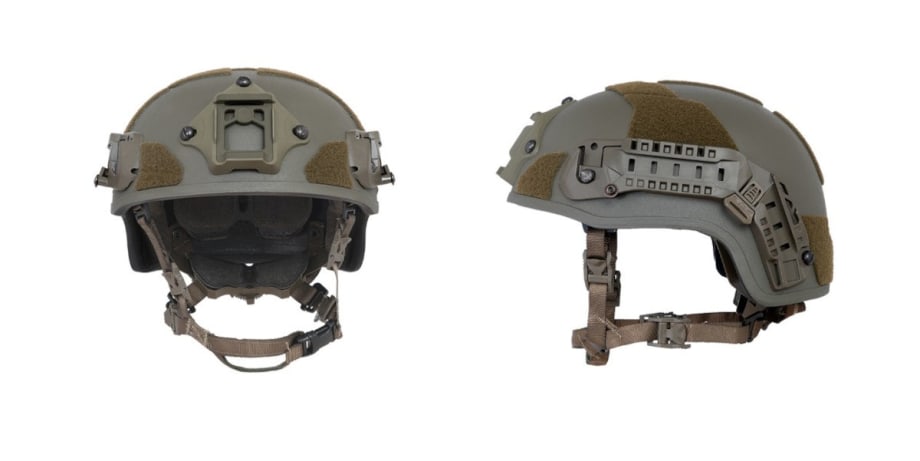Wyatt points out in the 2010s and in recent years, soldiers were coming back from oversees deployment and the medical community realized some suffered from traumatic brain injury, breacher syndrome, and repetitive concussions. As a result, Wyatt started Bush Protective USA to bring new technology into the domestic law enforcement community to provide helmets that better protected against such injuries.
“In the military, those helmets are designed, number one, to stop fragmentation from explosions, IEDs, and shrapnel from grenades,” he explains. “That's not the primary threat in the United States. In U.S. law enforcement the primary threat on helmet systems, and it isn't even actually bullets and frags, is blunt trauma.”
He says an injury to law enforcement officers will more likely come from someone striking them in the head with a bat, or throwing a brick, or having something fall and hit them in the head during an operation. Europeans introduced blunt trauma testing of helmets back in 2009.
The old standard of a helmet being rated to NIJ IIIA here in the U.S. was just about penetration and did not take in some critical elements, according to Wyatt, such as blunt force impact or the material folding over if a helmet was struck by a round near the edge. He points out that folding over and deflection could send a round downward into an officer’s eye socket, neck, or even spine.
Lighter materials started to be used in construction of military helmets, where soldiers may keep the helmet on 12, 14, 16 hours or even longer. According to Wyatt, in law enforcement an officer dons a helmet and wears it for much shorter time periods such as 20, 30 or 45 minutes and at times during barricade situations maybe eight hours or more. With that, reduced weight was not as much of a priority for law enforcement as it was for the military. Again, officers needed better protection against handgun rounds and blunt force attacks instead of fragmentation threats.













